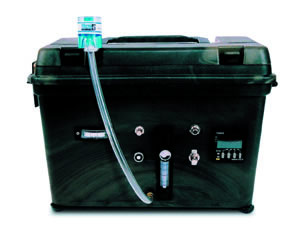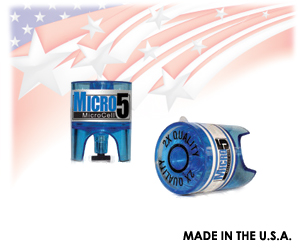Air Quality
 Indoor air quality inspections and mold inspection is not expensive with air sampling and microbiology testing available checking for 20 different forms of mold, airborne contaminants, allergens.
Indoor air quality inspections and mold inspection is not expensive with air sampling and microbiology testing available checking for 20 different forms of mold, airborne contaminants, allergens.
Medical problems caused by toxic mold range from respiratory ailments – stuffy nose, itchy throat, wheezing, shortness of breath – to more usual complaints of ear infection, asthma, and bronchitis.
Many of the medical conditions are difficult to link directly with mold exposure because they manifest themselves as chronic problems Some people react more quickly to contaminants than others do, especially infants or people predisposed to chemical sensitivity.
There is a branch of medicine called Clinical Ecology that studies people who are acutely sensitive to environmental toxins such as mold. Clinical Ecology views people with allergies as being poisoned, and acceptance in the scientific community is growing. These doctors speculate that hypersensitivity arises from toxins poisonous to everyone – but most people never know it, because either they have a reduced sensitivity or insufficient exposure.
 There have been numerous cases in recent years of dozens of people in buildings around the country becoming ill from unknown or poorly understood airborne toxins.
There have been numerous cases in recent years of dozens of people in buildings around the country becoming ill from unknown or poorly understood airborne toxins.
Exposure to sick building syndrome has been linked to health problems including:
Asthma The toxins in certain molds have been know to trigger asthma attacks in certain people sensitive the mold. Or the toxins act as irritants can exacerbate asthma in otherwise non-sensitive people.
Hypersensitivity Pneumonitis Hypersensitivity pneumonitis has been linked to both short and long-term exposure to molds.
Pulmonary hemosiderosis Is a lung disorder that occurs in infant and children that causes bleeding in the lungs.
Opportunistic Infections from Suppressed immune Systems
Mold have been documented to weakened peoples immune systems leading to a variety of infections and problems.
Additionally there are several infections of the lungs from inhaled mold spores, the mold actually starts in their lungs.
Symptoms of possible sick building syndrome: shortness of breath and/or exhaustion after minor exercises such as walking, a burning and watering of the eyes and nose, hoarse and sore throat and chronic cough, frequent headaches, chronic fatigue, difficulty concentrating, dizziness, unexplained Nausea, heart Palpitations, sensitivity to odors, and nosebleeds.
If you believe you have sick building syndrome or have health problems related to mold toxins you should contact us to set up a inspection.
Sick building syndrome refers to an alarming trend among office workers who experience acute illness that researchers believe is linked toxins in the air supply of a building. Sick Building Syndrome (SBS) has been documented across the country and typically involves a large number of building workers or residents who experience ill health effects while working or living in the building. Lawyers across the country have successfully represented people adversely affected by SBS.
There are believed to be many causes of sick building syndrome including mold. Many of the conditions leading the the problem are a result of negligent design and maintenance. The primary causes of Sick Building Syndrome are: poor ventilation, little air movement, excessive humidity, airborne pollution, and mold and mildew contamination. The building industry in the last two decades has designed buildings that have efficient ways of holding air inside a structure to save on air conditioning costs. Unfortunately the trapped air is often not filtered properly or circulated. The buildings are tightly sealed, but often lack adequate ventilation, leading to moisture buildup.The air control system can become invaded by mold spores leading to a rash of Sick Building Syndrome.
The symptoms of Sick Building Syndrome include common maladies such as headaches as well as respiratory infections,asthma and serious allergies. Additional symptoms related to SBS include cough, chest tightness, fever, chills, muscle aches, and allergic reactions such as mucous membrane irritation and upper respiratory congestion.
Occupational Safety and Health Administration, estimated that as many as a third of the 70 million Americans work in buildings that are contain air quality problems and contaminants, including molds and bacteria.
Sick Buildings take many forms, for example, in Massachusetts, there have been lawsuits regarding the air quality at the Suffolk County Courthouse in Boston. The problem is believed to have arisen from defective weatherproofing which was improperly applied inside the building. Also in Boston at Brigham & Women’s Hospital, Doctors, nurses and patients were adversely affected by latex released from surgical gloves and other medical supplies stored into the hospital. In downtown Boston, the Registry of Motor Vehicles workers became ill as a result of mineral wool fibers apparently released by fireproofing.
People in the United States are estimated to spend nearly 90 percent of their time indoors. But it is only recently that the health industry has recognized the ill effects of poor indoor air quality. With legal action and growing awareness in the medical community, there will soon be a better appreciation and understanding of these illnesses.
We believe that our families health is the most important thing and we will bring our 16 years expertise to your home mold inspection.

